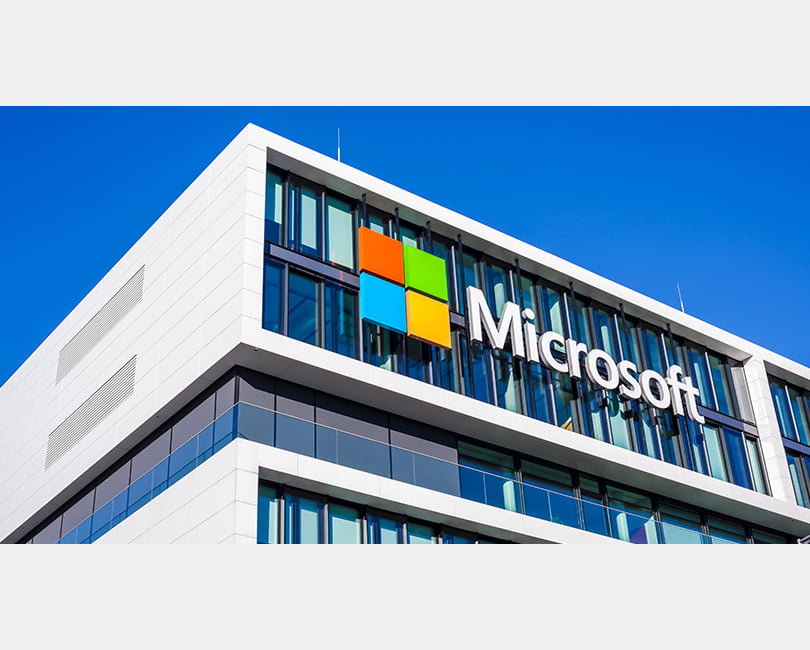Windows 7 & Server 2008 R2 End of Life: Ready? Or Not?

Windows 7 & Windows Server 2008 R2 is quickly approaching their end of life and as of January 14, 2020, it will become a pretty big security risk for users and businesses who don’t prepare. In fact, cybercriminals are counting on you to let this milestone come and go with no action so that you are vulnerable to attacks.
What exactly is the Windows 7 & Windows Server 2008 R2 end of life? End of life means that the Windows 7 & Windows Server 2008 R2 product will no longer be supported by Microsoft. No more security updates, no more bug fixes, and no more help. It’s always good to have options, but in considering those it’s also important to be aware of the risk level of each.
Option 1:
Do Nothing
Risk Level: High
There is nothing stopping you from using Windows 7 & Windows Server 2008 R2 after 1/14/20, but it will absolutely put you in the high-risk category when it comes to security. Without ongoing security patches and updates, your devices will be exposed. Should you choose this option, neither Microsoft nor your service provider will take responsibility for loss of data, etc. that results from a Windows 7 or Windows Server 2008 R2 security breach. Choosing this option positions you for a “when, not if” hacking scenario. Proceed at your own risk!
Option 2:
Upgrade Your Software
Risk Level: Moderate
While you can upgrade to Windows 10 on an older PC, there are many things to consider before you select this option. For instance, where your current PCs fall in their lifespan, do your machines need upgrades to run Windows 10, etc. A qualified IT professional can help you assess if this option makes sense for your organization. If it is determined that your existing machines can run Windows 10 with only minor changes, an in-place upgrade is a relatively fast and easy solution. The same methodology applies to your Windows Server 2008 R2, but in this case, you will need to purchase the operating system. Before making the purchase evaluate the age of the hardware and cloud solutions.
Option 3:
Upgrade Your Hardware
Risk Level: Low
Replacing your hardware with the most current software-i.e. Windows 10 and Windows Server 2019, will provide you with peace of mind due to regular security patches and updates, as well as utilizing the most robust hardware for speed and longevity. We would encourage you to seek the expertise of an IT professional to ensure that the upgrade includes appropriate firewalls and antivirus protection. Depending on the specific hardware and software you use, there may be more specific steps necessary.
Next Steps
Upgrading to a new operating system takes time and careful planning, particularly if you have numerous machines and systems to assess. We are currently scheduling calls and appointments to help clients determine the best next steps for their organization. Set yours up today and send the hackers packing!



